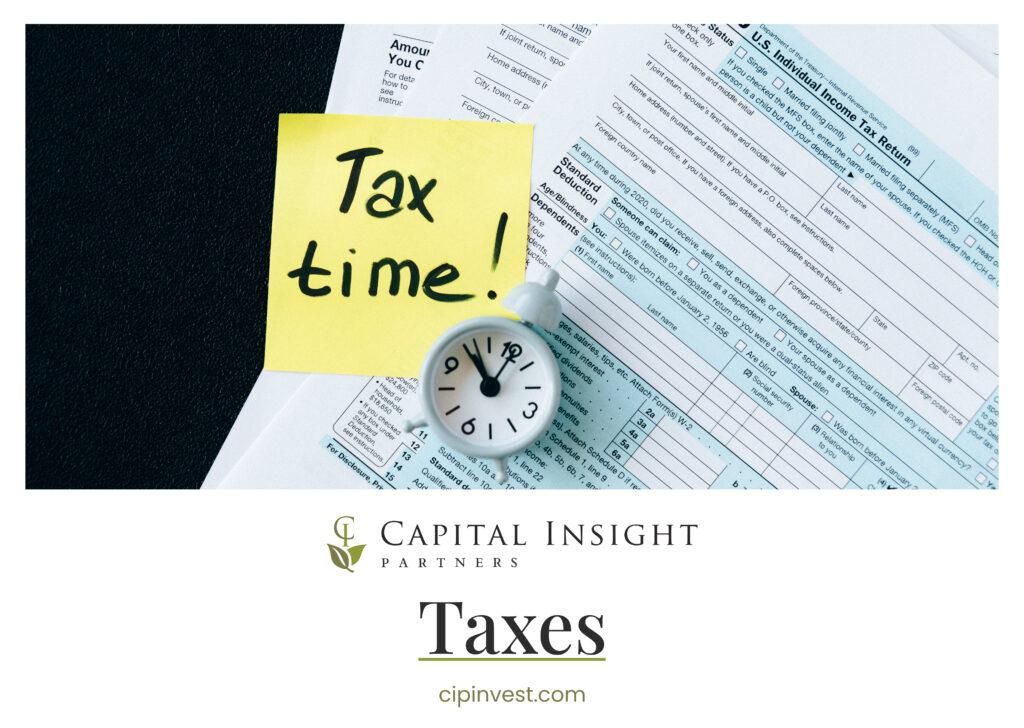
Preparing taxes is not something most of us look forward to each year. Some individuals may hire professional tax preparers to lessen the burden, while others prefer to use online tax preparation software to file returns independently. Regardless of which group you are in, some time spent organizing your information beforehand will help the process go more smoothly. Highlighted below is some information and documents essential to filling your tax return.
Personal Information
• Have the Social Security numbers and dates of birth for you, your spouse, and your dependents handy.
• Bank account number and routing number for refunds or payments of tax bill.
Income – Gather all the documents that show the money you received during the past year.
• W-2 forms – employers must issue or mail by Jan 31. These may be delivered via U.S. mail or email.
• 1099 forms – these forms detail additional income received throughout the year. There are a variety of • 1099 forms and each end with a different suffix depending on the type of payment received (-INT, -DIV, -R, -MISC, etc.)
Deductions – Documentation is key to claiming deductions. Deductions help reduce your taxable income which may in turn lower your tax bill.
• Retirement account contributions
• Educations expenses – You may be able to claim deductions for tuition and fees paid as well as interest paid on a student loan. You will need 1098-T and/or 1098-E
• Medical Bills – Must exceed 7.5% of adjusted gross income to be deductible.
• Property taxes and mortgage interest – Form 1098 provided by lender will detail mortgage interest eligible to claim on Schedule A and property taxes if paid through escrow account.
• Charitable Donations – Most charities provide receipts/letters to donors.
Credits – Credits are more valuable than deductions because they provide a dollar-for-dollar reduction in the taw owed.
• American opportunity and lifetime learning credits – 1098-T is required to claim either.
• Child Tax Credit – Standard child tax credit is $2,000 per child under the age of 17.
• Retirement savings contribution credit – Also known as saver’s credit and is applicable based on income
Payments – Keep record of any estimated tax payments made during the year (not including those reflected on your W-2)
Sources:
https://turbotax.intuit.com/tax-tips/tax-planning-and-checklists/tax-preparation-checklist/L7LHiDqGJ https://www.nerdwallet.com/article/taxes/tax-prep-checklist

